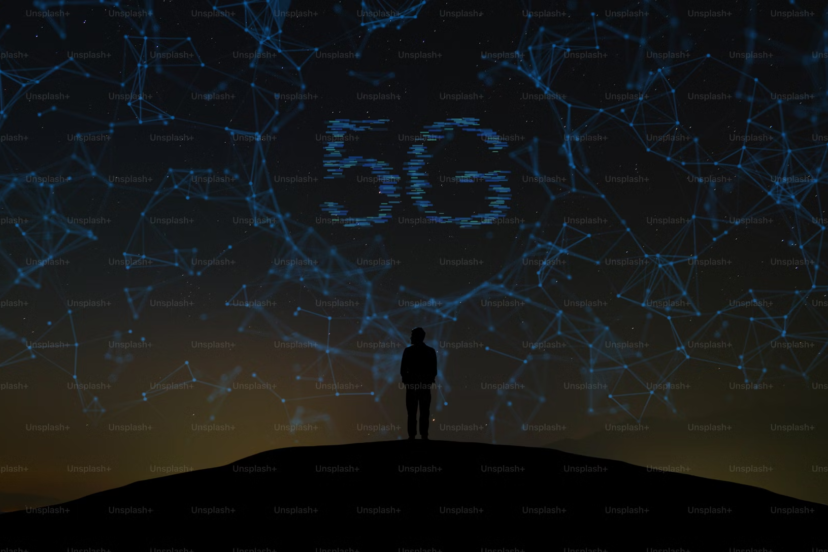Understanding EMF Radiation and Safe Levels for Humans: A Critical Look at the Dangers In today's…
The Dangers of 5G and the Prospect of 6G: Navigating the Future of Connectivity

Navigating the Future of Connectivity
The fifth generation of wireless technology, known as 5G, promises unprecedented speed and connectivity, potentially revolutionizing industries and daily life. However, as with any technological leap, 5G brings a host of concerns, particularly regarding health, security, and environmental impact. Additionally, with the inevitable progression towards a sixth generation (6G) network, it is crucial to understand these dangers and address them proactively.
Health Concerns
One of the most contentious issues surrounding 5G technology is its potential impact on health. Unlike its predecessors, 5G operates at much higher frequencies, specifically in the millimeter-wave spectrum, ranging from 30 to 300 gigahertz (GHz). This has sparked fears that prolonged exposure to these higher-frequency waves could lead to adverse health effects.
Critics argue that because 5G’s millimeter waves do not penetrate the skin deeply, they can lead to localized heating of body tissues, potentially causing damage over long-term exposure. Some studies have suggested a link between radiofrequency (RF) radiation and certain types of cancer, though these findings remain contentious and are often challenged by the broader scientific community. The World Health Organization (WHO) and other major health bodies have stated that, based on current evidence, 5G is safe within the regulatory limits. However, given the nascent nature of 5G technology, long-term studies are still needed to conclusively rule out any potential risks.
Security Vulnerabilities
Another significant concern with 5G technology is its potential to exacerbate cybersecurity vulnerabilities. The architecture of 5G is markedly different from that of previous generations, relying heavily on software-based networks and the Internet of Things (IoT). This increased complexity introduces new avenues for cyberattacks.
5G’s reliance on software-defined networking (SDN) and network function virtualization (NFV) means that vulnerabilities in software can have far-reaching implications. For instance, if malicious actors exploit a weakness in the software, they could potentially gain control over vast segments of the network. The proliferation of IoT devices connected via 5G also presents security challenges. Many IoT devices lack robust security measures, making them easy targets for hackers, who could use these devices as entry points to launch broader network attacks.
Environmental Impact
The environmental impact of 5G technology is another area of concern. The deployment of 5G requires a massive increase in the number of base stations and antennas to ensure coverage and maintain the high speeds promised. This not only leads to higher energy consumption but also results in an increased demand for raw materials, contributing to environmental degradation.
Moreover, the shorter range of millimeter waves necessitates the installation of small cells—miniature base stations—on a large scale. These small cells are often placed on existing infrastructure like streetlights and buildings, leading to visual pollution and potential disruptions in urban planning.
The Advent of 6G
As the world grapples with the challenges posed by 5G, the tech industry is already looking ahead to the sixth generation of wireless technology, or 6G. While 6G is still in the early conceptual phase, it promises even faster speeds, lower latency, and more advanced capabilities, such as integrated AI and real-time holographic communication.
However, Future of Connectivity and transition to 6G is likely to amplify the existing concerns associated with 5G. Health risks may become more pronounced with higher frequencies and more pervasive electromagnetic fields. Security challenges will intensify as networks become more complex and integrated with critical infrastructure. Environmental impacts will also escalate, with increased demand for advanced materials and higher energy consumption.
To mitigate these risks, it is essential to adopt a proactive approach. Rigorous scientific research must continue to investigate the potential health effects of higher-frequency waves. Robust cybersecurity frameworks need to be developed and implemented to protect the integrity of increasingly complex networks. Sustainable practices must be prioritized in the deployment of new infrastructure to minimize environmental impact.
Navigating the Future of Connectivity
While 5G technology offers immense potential to transform various aspects of modern life, it is not without its dangers. Health, security, and environmental concerns must be addressed through comprehensive research, stringent regulations, and sustainable practices. As we move towards the advent of 6G, learning from the challenges posed by 5G will be crucial in ensuring a safer and more secure technological future. The balance between innovation and precaution will determine the trajectory of our increasingly connected world.



